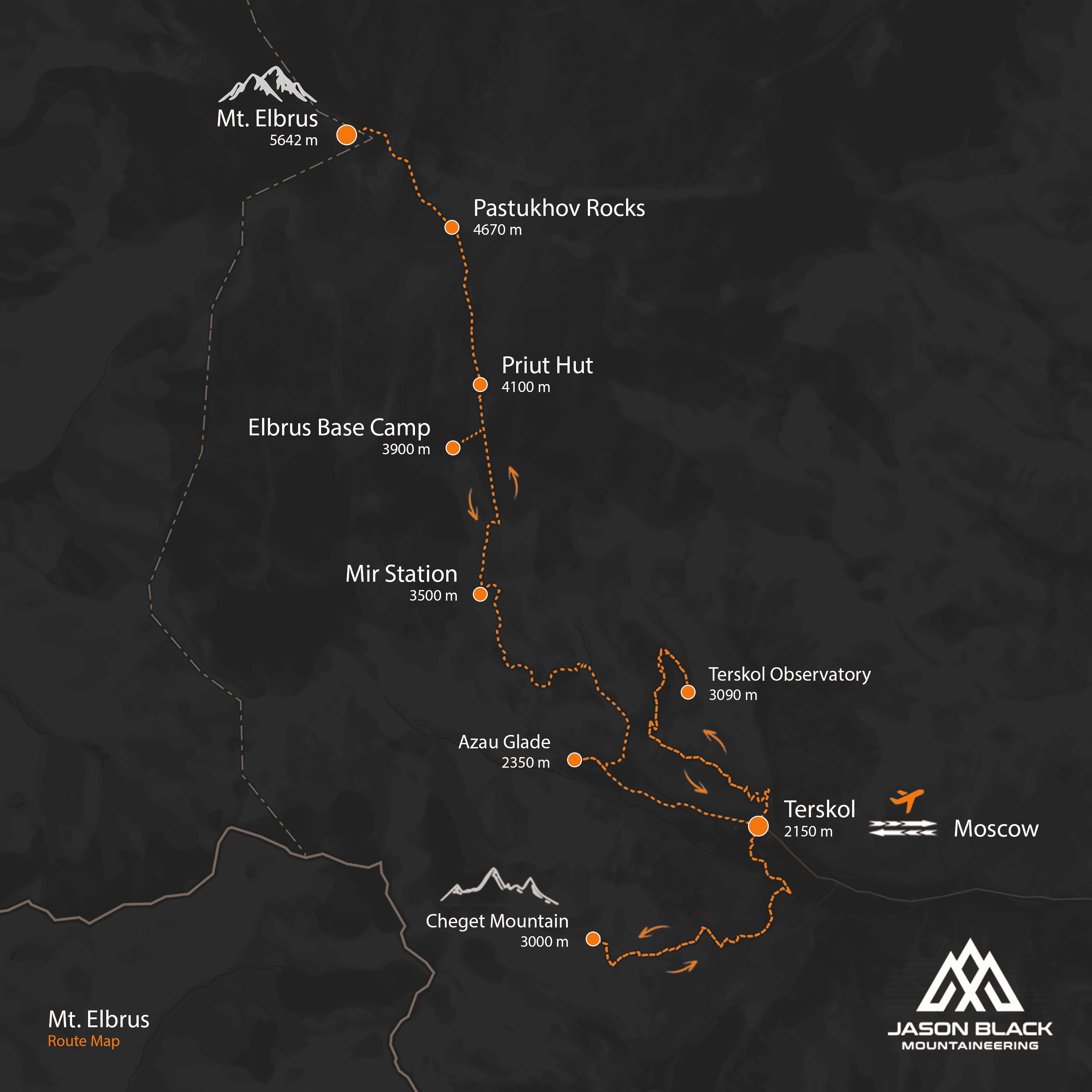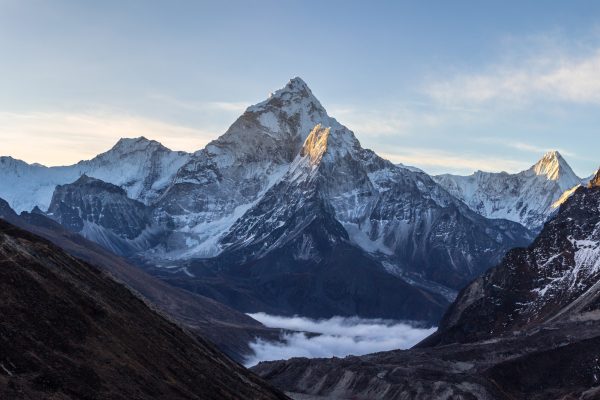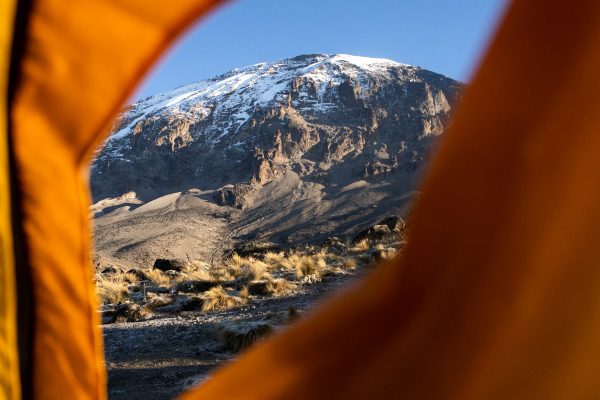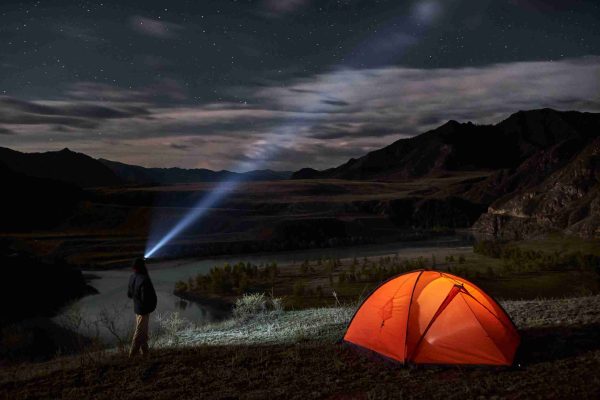Country
Russia
DURATION
12 days
Route
South Side
Grade
Moderate
MAX ALTITUDE
5642 m
18510 ft
Daily Activity
Approx
4-7 hrs
Dates Available
Due to the on going war and safety concerns in Russia, Elbrus is closed.
Price
Deposit €399 on booking.
Mount Elbrus
Highlights
The Expedition will be personally led by highly experienced high altitude mountaineer Jason Black.
Read More
I am very proud of our Russian team who have been working with me for a long time now and are highly experienced and safe. Sasha Lebedev is our Russian lead guide he is also an award-winning author and photographer. Our support team guides are Jura Lutsak and Sasha Schukin and Dima Schukin, plus we access a pool of local guides and mountain rescue personnel who are very well known to us.
Mount Elbrus
Trip Details
Day 1
Arrive Am into Moscow. After retrieving your bags and clearing customs, our representative, identifiable by a Jason Black Mountaineering sign, will transport you to our hotel. We will gather together as a team have lunch and in the afternoon a Moscow city tour with our Russian guide. Highlights include Red Square, St. Basil’s Cathedral, and the Kremlin Armoury.
Day 2
Arrive into Mineralnye Vody (MRV) airport in the morning and met by staff. Transfer by minibus to Terskol (4 hours). Accommodation in local Hotel Nakra, full board.
Read More
Day 3
Elevation: 3,000m
Day hike 6-8 hrs to Cheget Mountain, lunch enroute and return to hotel where your guide will check your kit before our evening meal.
Day 4
Elevation: 3,090m
Day hike to Terskol Observatory with lunch enroute and return to hotel for evening meal and Russian sauna.
Day 5
Elevation: 3,500m
Drive to the Azau Glade and hike up to Mir station – 4hrs up and 2hrs down. Lunch in the meadow and back to hotel. Collect any rental gear in town.
Day 6
Ascend on foot to our basecamp Hut. The equipment and bags will be going ahead by cable car. That Afternoon we will climb up to Priut Hut (4100m) and do some alpine training exercises at altitude, weather dependant. Dinner and overnight in our basecamp hut.
Day 7
Elevation: 4.670m
Hike to Pastukhov Rocks for more acclimatisation and return to Basecamp Hut. Weather dependent, could be rest day as below.
Day 8
Rest and 2nd alpine advanced training day in high altitude climbing personal movement on the mountain advanced crampons and ice axe techniques, tips and tricks on dealing with cold, winds and altitude. Back to hut for dinner and overnight.
Day 9
1st possible summit day – Big day ahead, awake at 3am head torches on and it’s a summit push. Return to basecamp hut.
Day 10
Return to Terskol Hotel or 2nd summit attempt. (extra days in Terskol, in the case of an early summit allow for further hikes around Mt Elbrus).
Day 11
Return to Terskol if summit attempted on day 10. Or hikes and rent in valley.
Day 12
Early Breakfast in the hotel and transfer to Mineralnye Vody airport. Flight to Moscow and onward travel, or stopover in Moscow for trip extension.
Includes
-
Airport pick up and transfer to the hotel upon arrival in Moscow.
-
City tours of Moscow.
-
All accommodations and transportation in-country during the program on regular itinerary.
Read More
-
Visa application papers (please note that some nationalities are charged an additional amount for travel papers)
-
Municipal registration in the administrative centre of Tyrnauz which covers the Baksan Valley
-
Minibus transfers to and from the Baksan Valley from the airport
-
Hotel in Cheget with drying rooms, sauna, restaurant and twin rooms
-
All hotel and restaurant meals and local taxis
-
Mount Elbrus National Park fees
-
All cable cars and chair lifts on the mountain
-
Accommodation in the National Park hut
-
All meals on the mountain and our own cook
-
All equipment necessary to make a strong and safe attempt for the summit.
-
All expedition staff including mountain guide and local support staff
-
Moscow guide and translator, office administration
-
Stress free experience
Excludes
-
International air travel to and from Russia
-
Dining outside of the climbing period
-
Alcoholic beverages
Read More
-
Personal clothing and equipment
-
Trip insurance or the required medical insurance
-
Any rescue costs or costs of early departure from the expedition
-
Customary gratuities to local expedition staff, porters and guides
-
Personal climbing equipment (see equipment list)
-
Incidental expenses such as telephone, bar, laundry, or other personal expenses

Practical Info
Frequently asked questions
The following frequently asked questions may help answer any queries you have about Jason Black Mountaineering, what this expedition involves, and what is required. If your question isn’t answered here please check our dedicated Expert Advice page, otherwise don’t hesitate to get in touch.
Where is Mount Elbrus?
When most people think of the highest mountain in Europe, their thoughts likely turn to Mt Blanc in France. However, Mt Elbrus in Russia takes the prize at 5642 metres because its many glaciers extend onto the European continental plate. Situated in the rugged Great Caucasus mountains, this mountain is actually a dormant volcano. It has two summits, west and east, with a gentle saddle in between them.
Mount Elbrus dominates the Central Caucasus like a twin-peaked icy giant. A circular lava massif, it has a diameter of 18 kilometres and more than 70 large and small glaciers flow from its slopes. The entire mountain is covered by an immense sheet of ice that takes up 145 square kilometres and in some places is 400 meters thick.
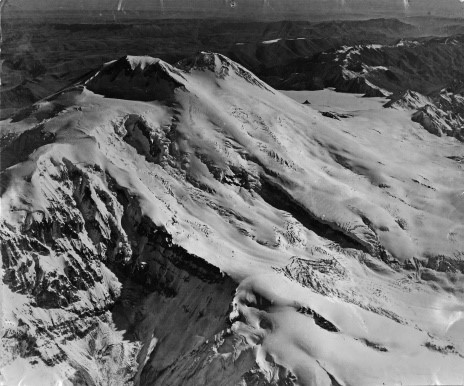
The two peaks correspond to two different volcano vents: the western peak (Zapadnaya) is the tallest one, while the eastern peak (Vostochnaya), 5621 meters high, still has a gigantic crater 250 meters in diameter. The mountain is quite symmetrical so the contours for climbing the north and south side are very similar.
Is previous experience really necessary ?
We get a lot of first time trekkers in our groups so even if you don’t have experience you will be in good company. Your fitness level should be such that your comfortable walking all day. Previous, hiking or trekking experience is always a plus.
Best time to climb Mount Elbrus?
Mt Elbrus from May through September. July and August typically have the most stable weather. The mountain is inland, situated approximately midway along the Caucasus Range at the southern border of Russia, between the Caspian and Black Seas. These two huge bodies of water impact the wind and precipitation on the range and on Elbrus, but the summer months offer the best time to climb. Even in the summer, temperatures at night average minus 8 C (15 degrees F) but in winter temperatures at the higher altitudes can drop to minus 30 C during the day.
Winter climbs of Elbrus are possible, but the higher slopes are hard ice and the temperature is extremely cold. Many people ski on the mountain up to an altitude of about 3800m where there are cable cars, but above this the climber would be in dangerous territory and require very sharp tools and crampons.
There’s no doubt that an attempt of Mount Elbrus is a significant endeavor for anyone, but with our expert guidance, achieving this goal may be closer than you think.
Read More
We would expect anyone joining our Elbrus expedition to have summitted multiple 6,000m and 7,000m peaks, as well as one other 8,000m peak.
We’ll look at your previous experience, and analyze key performance data, that we’ll ask you to share when you sign up. We can then recommend preliminary climbs in the years and months leading up to this expedition, to give you the best possible chance of reaching your goal, if required.
Base Layers
- Synthetic Short Underwear: non-cotton style underwear
- Lightweight Long Underwear: long sleeve shirt and long pants.
- Heavyweight Long Underwear
- Short Sleeve Synthetic Shirt
Windproof/Rain Layers
- Hard Shell Jacket with hood: waterproof and breathable shell jacket
- Hard Shell Pants: waterproof and breathable shell pants
Read More
Insulation Layers
- Insulated Down or Synthetic Jacket with hood
- Insulated Pants (optional)
Headwear
- Warm Hat: synthetic or wool hat (ski hat)
- Balaclava: to protect your neck and face in high winds
- Baseball Cap or other sun hat: to shade your face/neck from the sun on a hot day
- Bandana or Buff: to protect your neck/face from the sun
Eyewear
- Glacier Glasses: full protection with side covers or wrap around
- Ski Goggles: to be worn in the event of high winds
Gloves
- Lightweight Synthetic Liner Gloves: for wearing on warm days
- Soft Shell Gloves: to wear for moderate cold/wind
- Shell Glove with Insulated Liner: to wear for severe cold/strong wind
Footwear
- Liner Socks (3 pairs)
- Wool or Synthetic Socks (3 pairs)
- Mountaineering Boots
- Hiking Shoes/Boots: comfortable hiking boots
- Gaiters
Sleeping Equipment
- Sleeping Bag: rated to at least 20°F
- Self-inflating Sleeping Pad: full length is preferred
- Closed-cell Foam Pad: to be used in conjunction with the inflating pad for warmth and comfort when sleeping
- Earplugs
Mountaineering Gear
- Expedition Backpack: approximately 65L
- Compression Stuff Sacks: for reducing the volume of the sleeping bag, down parka, etc. in your pack
- Trash Compactor Bags: to line backpack and stuff sacks as well as for separating gear
- Backpack Rain Cover (optional)
- Trekking Poles with Snow Baskets: adjustable
- Ice Axe: general mountaineering tool (~60cm)
- Crampons: general mountaineering crampons
- Climbing Helmet: must be able to fit over your warm hat
- Alpine Climbing Harness: mountaineering harness, with adjustable leg loops. Not a rock-climbing “sport” harness
- Carabineers: 2 regular and 4 locking
- Belay/Rappel Device
- Headlamp: with 2 extra sets of new batteries
Travel Items
- Large Duffel Bag with Lock: for transporting gear and storing street clothes, etc. at hotel/car
- Travel Clothes: for days in cities and towns
- Lightweight journal, sketchbook, pencils, pen
Additional Food Items
Snack Food: bring a few days’ supply of your favorite climbing snack food such as bars, gels, nuts, beef jerky, etc. variety of salty and sweet is good
Other Equipment
- Cup: plastic 16 oz. minimum cup or mug
- Bowl: large plastic bowl for eating dinner or breakfast
- Spoon: plastic spoon (Lexan)
- Water Bottles (2): wide mouth bottles with 1-liter capacity
- Water Bottle Parkas (2): fully insulated with zip opening
- Thermos (optional): 1-liter
- Water Treatment
- Sunscreen: SPF 40 or better
- Lip Screen (2 sticks): SPF 30 or better
- Toiletry Bag: include toothbrush, toothpaste, toilet paper, baby wipes and hand sanitizer (2 small bottles)
- Pee Bottle: 1-liter minimum bottle for convenience at night in the tent
- Female Urination Device (FUD)
- Knife or Multi-tool (optional)
- Small Personal First-aid Kit: include athletic tape, band-aids, Ibuprofen, blister care, etc.
- Medications and Prescriptions: bring antibiotics (Azithromycin, etc.), and altitude medicine such as Diamox, etc.
- Handkerchiefs/Bandanas (optional)
Optional Electronics
- Country-appropriate power plug adapters and power transformers
- Adventure Sports Watch: such as Garmin fēnix 6
- GPS/Personal Satellite Communicator: such as Garmin inReach Mini
- Personal Power System: such as Goal Zero Nomad 28 Plus Solar Panel and Sherpa 100AC Power Bank
- Digital Entertainment: movies, tv shows, music, books loaded on to smartphone, iPad, Kindle
- Camera: bring extra batteries, charger, and memory cards
You may pay your deposit and balance using any lawful means. If sending money by electronic bank transfer then you will be responsible for covering the cost of the fees associated with the transfer, so that the company receives the full amount shown on your invoice, in the denomination shown on your invoice.
- On Booking your expedition our returns policy can be viewed here
It is your responsibility to ensure that you have sufficient personal Insurance for this expedition. Your policy must provide cover for:
Medical injury or sickness
Trekking up to 5,600 metres
Helicopter evacuation in an emergency situation
Repatriation to country of residence.
We recommend https://www.trailfinders.ie/
Read More
Due to unanticipated reasons, for example, injury, family issues, work commitments, etc., clients may need to cancel their trip before the start or during the expedition. Considering these factors, it’s better to be prepared for the possibilities.
As mentioned in the Terms and Conditions of Jason Black mountaineering, the company is exempt from being liable for different expenses that may occur in case of different emergencies or unforeseen situations. Both facts point out the requirement of a client to purchase an elaborate travel insurance plan in their place of origin that protects their interest in case of trip cancellation, helicopter evacuation, medical emergencies, other illnesses, lost luggage, theft, disasters, death, and so on.
You are free to pick your insurer however look for an arrangement that covers trip postponement and cancellation, rescue, and covers medical as well. Guarantee it doesn’t have limitations on the height you will climb, prohibitions on the exercises you are embracing, or the places you will be visiting. Protect yourself with the right insurance so you can go on your expedition with peace of mind and focus more on your climbing.
Please make sure to send us a copy of your insurance policy before you start your expedition so that we can assist you in any case of an emergency.


